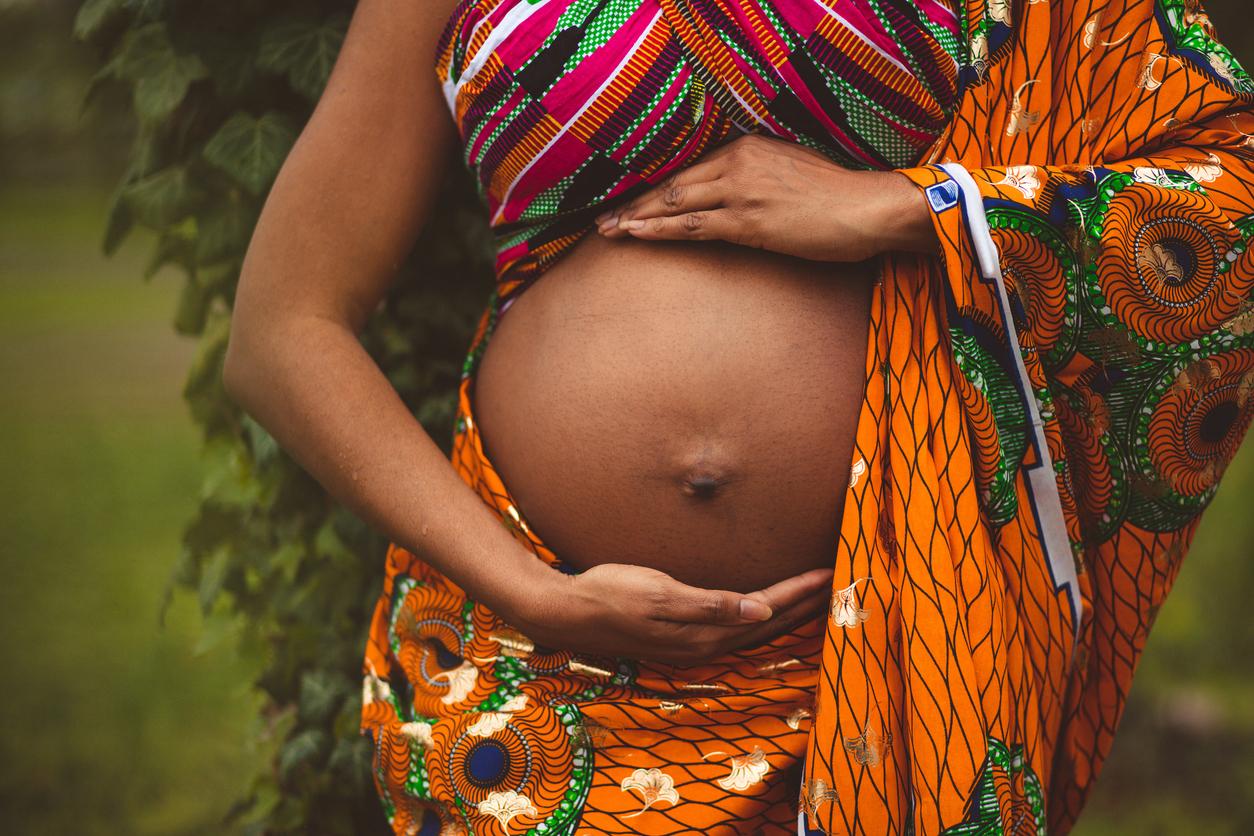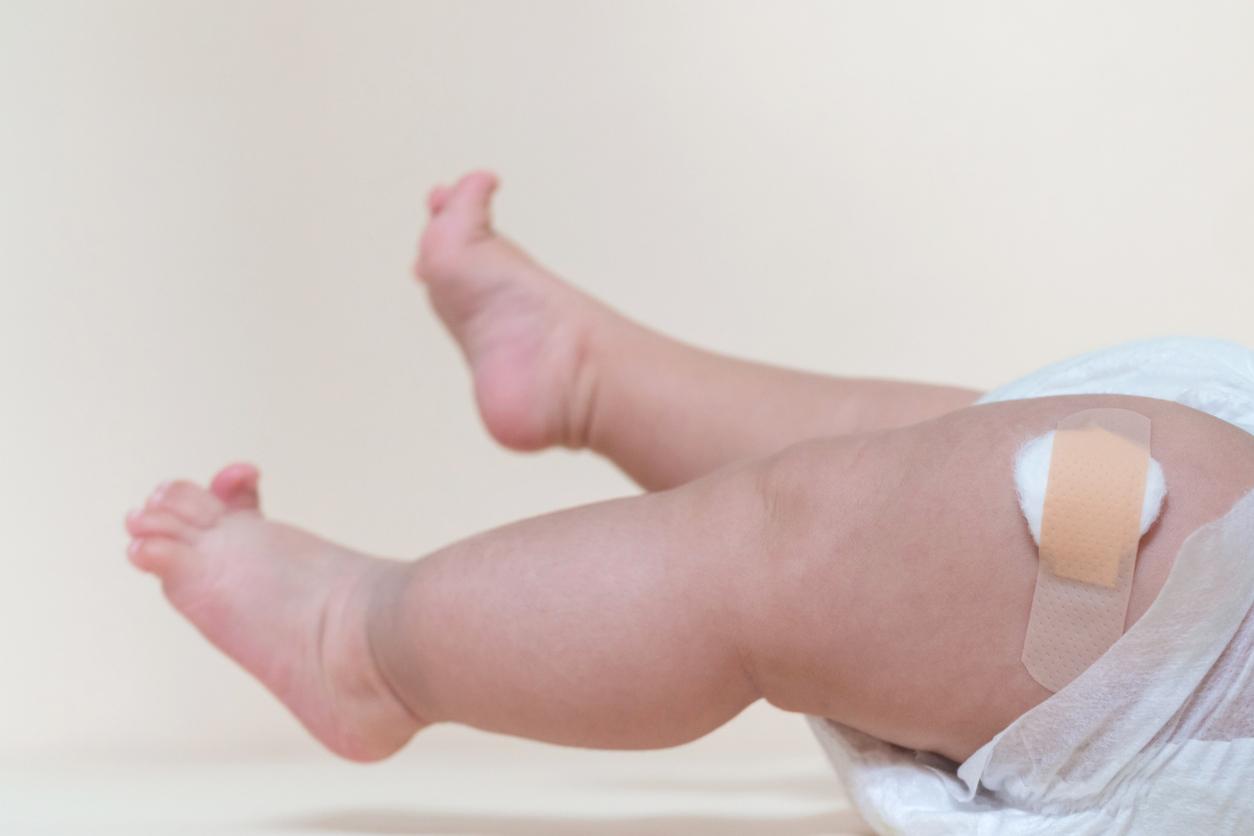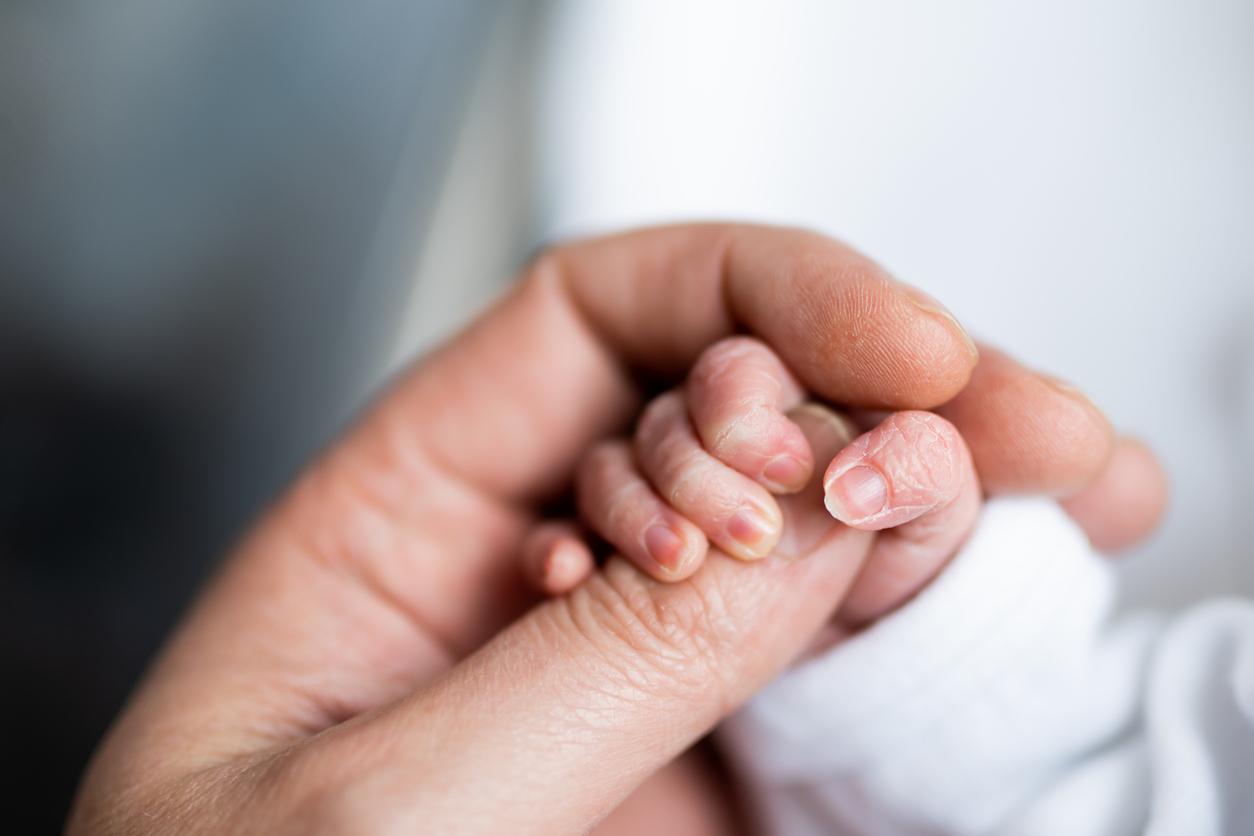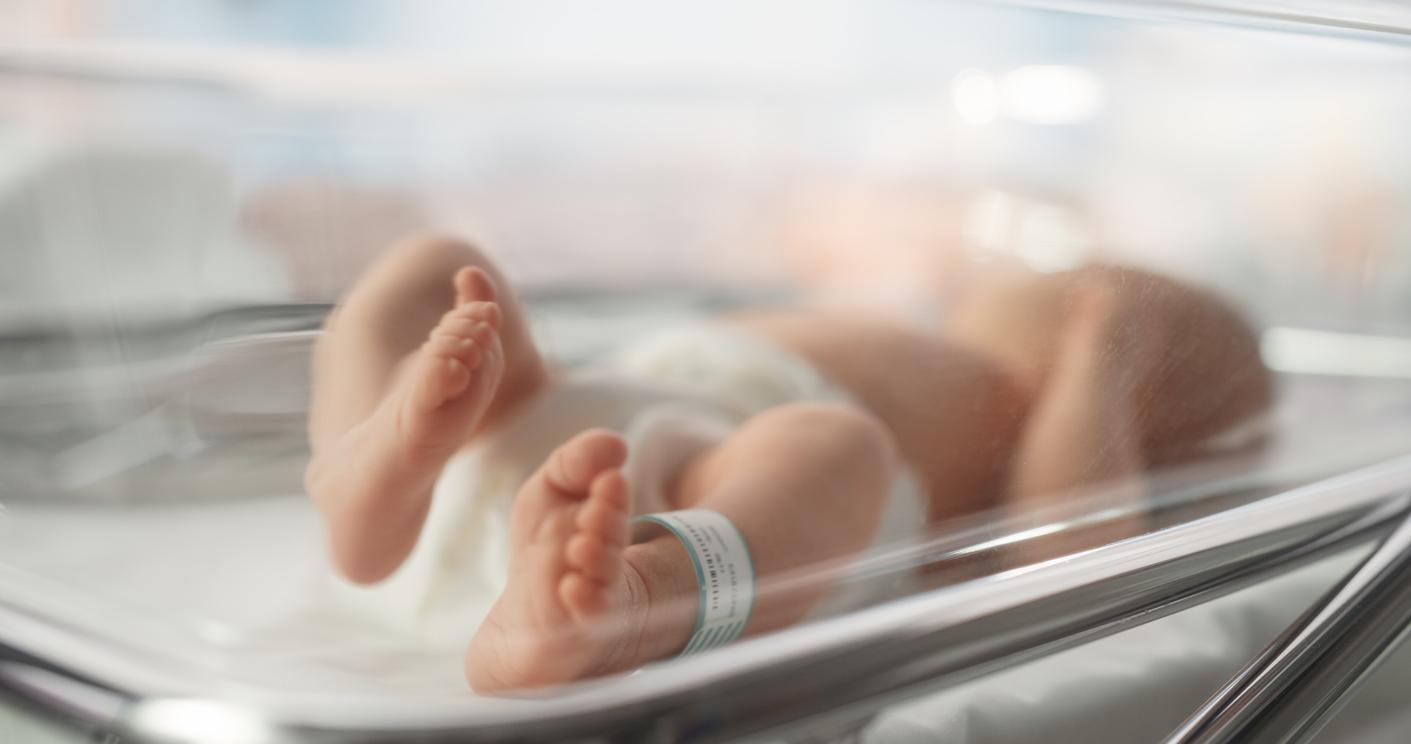Climate change: a new study highlights the harmful impact of high temperatures on the growth of fetuses during pregnancy and after birth until the child is two years old.

- The Gambia is a country in West Africa where temperatures have increased by an average of 1°C over the past sixty years.
- An on-site clinical trial of 668 infants shows that exposing pregnant women to each additional degree during the first trimester results in a reduction in the baby’s birth weight.
- “Our study demonstrates that the growing crises of climate change, food insecurity and undernutrition disproportionately affect the most vulnerable, particularly young children,” raises Dr Ana Bonell, who wishes to conduct further research.
This is the first time a study has focused on the impact of heat stress on the growth of fetuses and infants. The results, far from being trivial, show that each degree counts… “As global rates of child wasting remain unacceptably high and global warming continues, these findings should spur action to improve children’s health”, alerts Dr. Ana Bonellassistant professor at MRCG and lead author of the study
The Gambia, a country threatened by global warming
The researchers went to Gambia to carry out a clinical trial with mothers and their infants. This West African country was not chosen at random: temperatures there can reach 45°C and have increased on average by 1°C over the last sixty years, which represents a significant risk for the population and particularly for the most vulnerable.
In this trial, 668 infants were followed during their first 1,000 days of life, with 329 girls and 339 boys. Researchers analyzed the relationship between heat stress and babies’ growth based on clinically recognized scores of weight, length and head circumference for gestational age. For infants aged 0 to 2 years, only weight and height were used.
As for heat stress – which is the net heat burden that the body experiences when exposed to very high temperatures – it was defined using the universal thermal climate index, which takes into account factors such as heat, humidity, wind speed and solar radiation. This attributes an equivalent temperature (°C) to an associated risk of developing heat stress.
During the study, scientists noted an average level of heat stress exposure of 29.6°C, with a highest daily maximum at 45.7°C and a highest daily minimum at 28.9°C. c.
Each additional degree results in a decrease in birth weight
Results: 10% of infants weighed less than 2.5 kg at birth (which is considered low weight), 33% were smaller for their gestational age. The researchers specify that each 1°C increase in average daily heat stress during the first trimester of pregnancy leads to a reduction in birth weight relative to gestational age, but that no effect was observed in cases of heat stress during the second trimester. In fetuses exposed to heat stress during the third trimester, research suggests that there may be an increase in head circumference relative to the body, but this hypothesis is less certain for scientists who prefer to remain on the safe side. .
Heat stress: climate change affects young children
“Our study demonstrates that the growing crises of climate change, food insecurity and undernutrition disproportionately affect the most vulnerable, including young children”, raises Dr Ana Bonell, assistant professor at MRCG and lead author of the study. According to her, it is now essential to examine how exposure to heat causes such results. “It is likely that heat stress may impact appetite, food intake and availability, and we are already investigating whether there may be direct effects on cellular and inflammatory pathways, adding to the already reduced capacity pregnant mothers and infants to regulate their own body temperature”, she says.


















